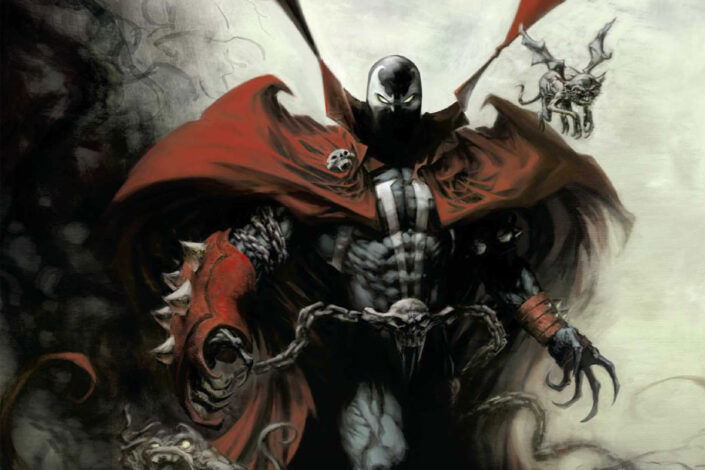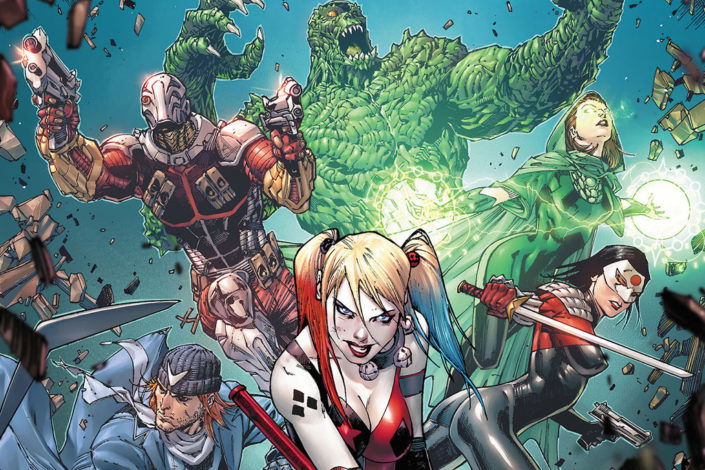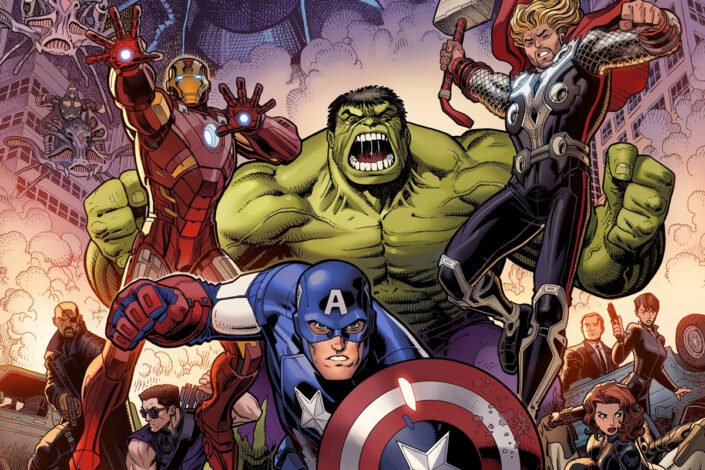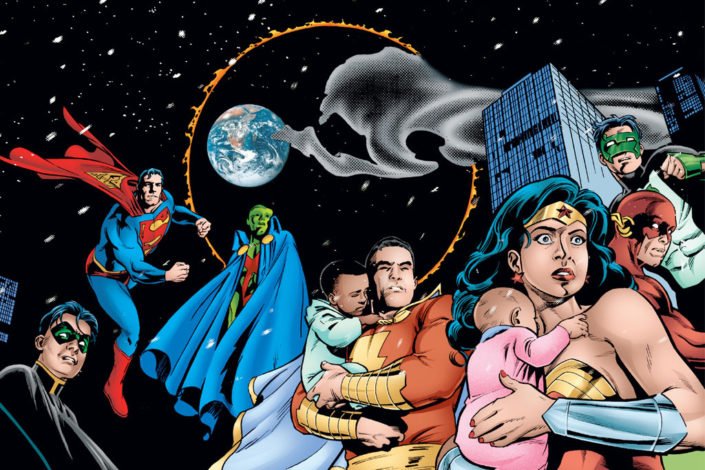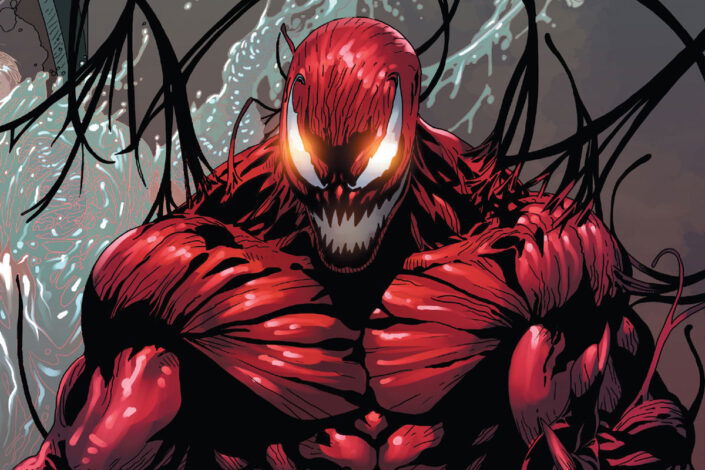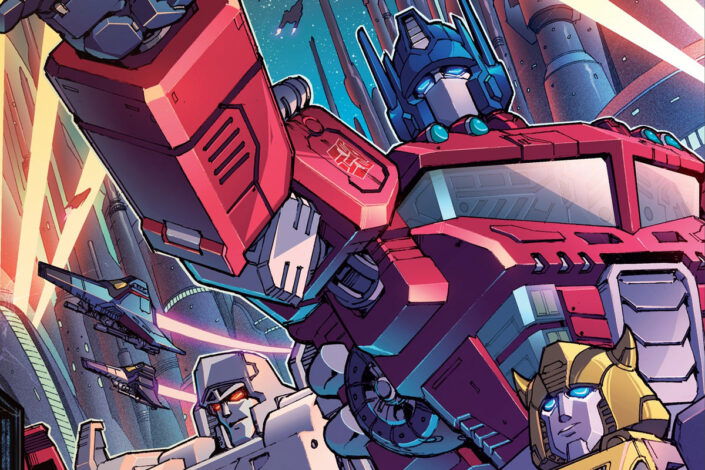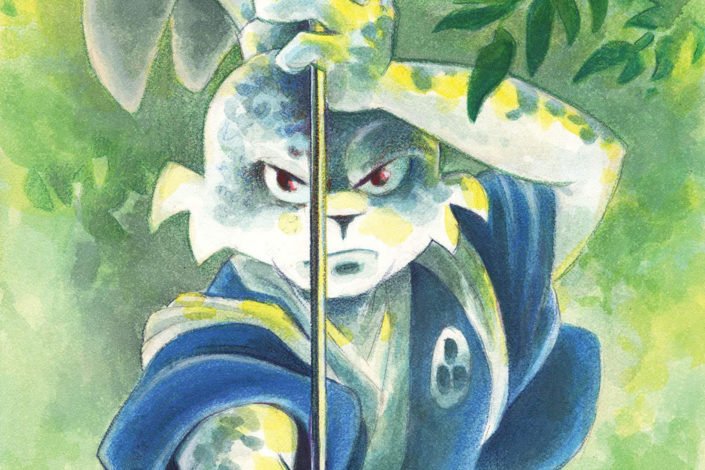Blade Reading Order, Marvel’s Vampire Hunter
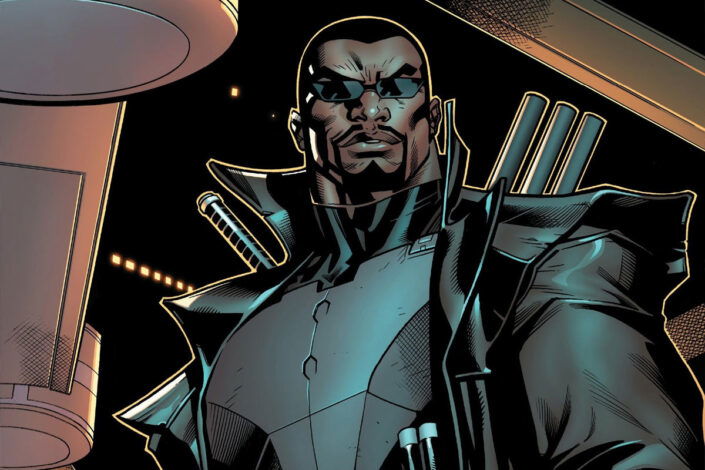
Created by writer Marv Wolfman and artist Gene Colan in The Tomb of Dracula #10 (July 1973), Blade was at first a supporting character but quickly gained prominence.
Blade’s real name is Eric Cross Brooks. He is an Afro-American vampire hunter who used to sport 1970s-style Afro hair and wield teak-bladed knives. He really became a solid character during the 1990s, first in the team series Nightstalkers, then in his own ongoing series Blade the Vampire Hunter.
At first, he was presented as a human immune to vampire bites, but it was retroactively established that he was a “dhampir” (the son of a vampire and a mortal human) following his adaptation as such in Spider-Man: The Animated Series and the Blade film series. In the comics, he also became a “Daywalker” after being bitten by Morbius.
It took years to establish the definitive mythology of Blade in the comics because he never really got a long ongoing series, playing a supporting role between miniseries. That didn’t stop him from becoming a member of the Avengers.
